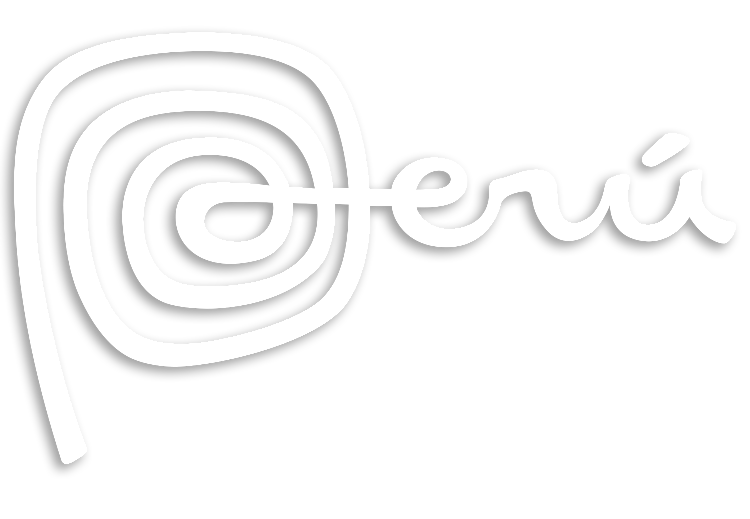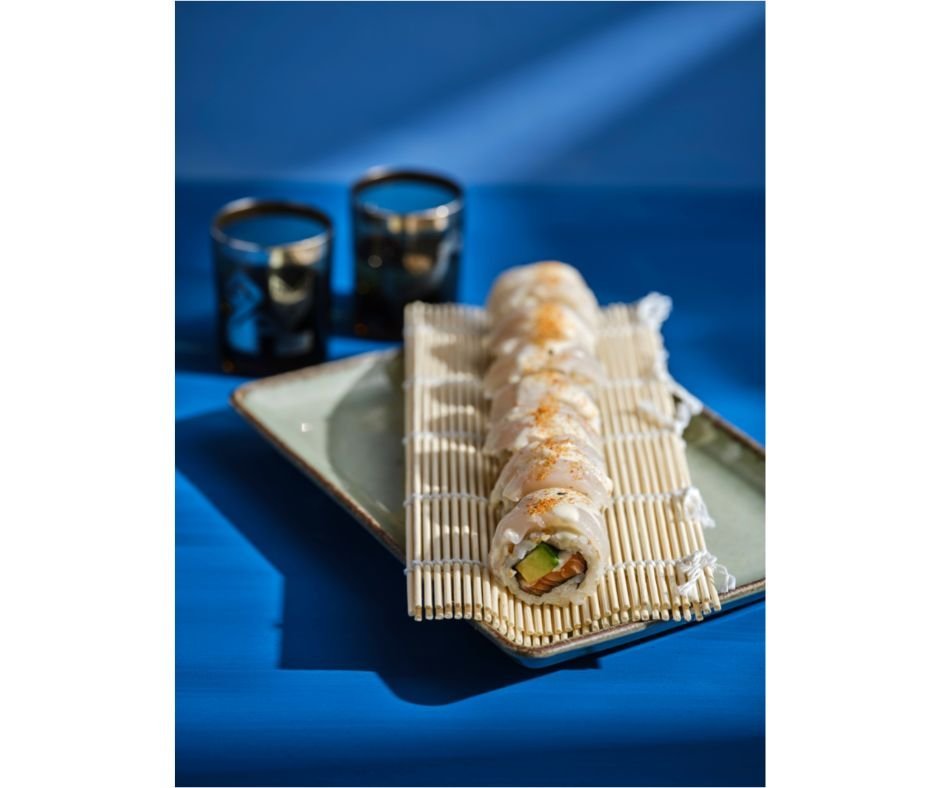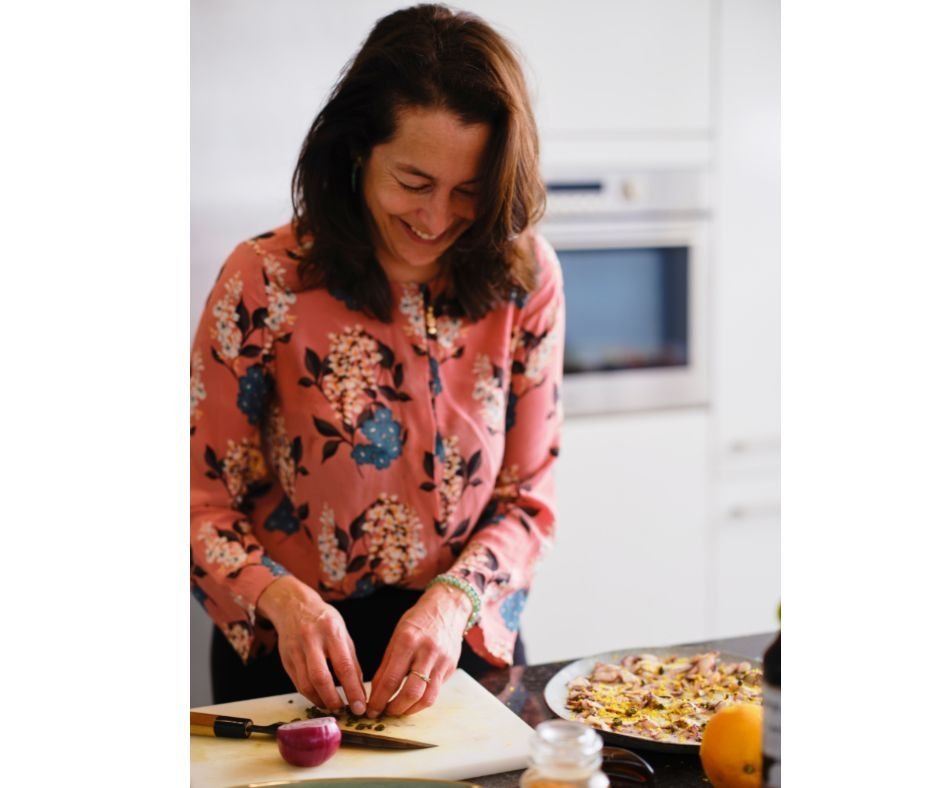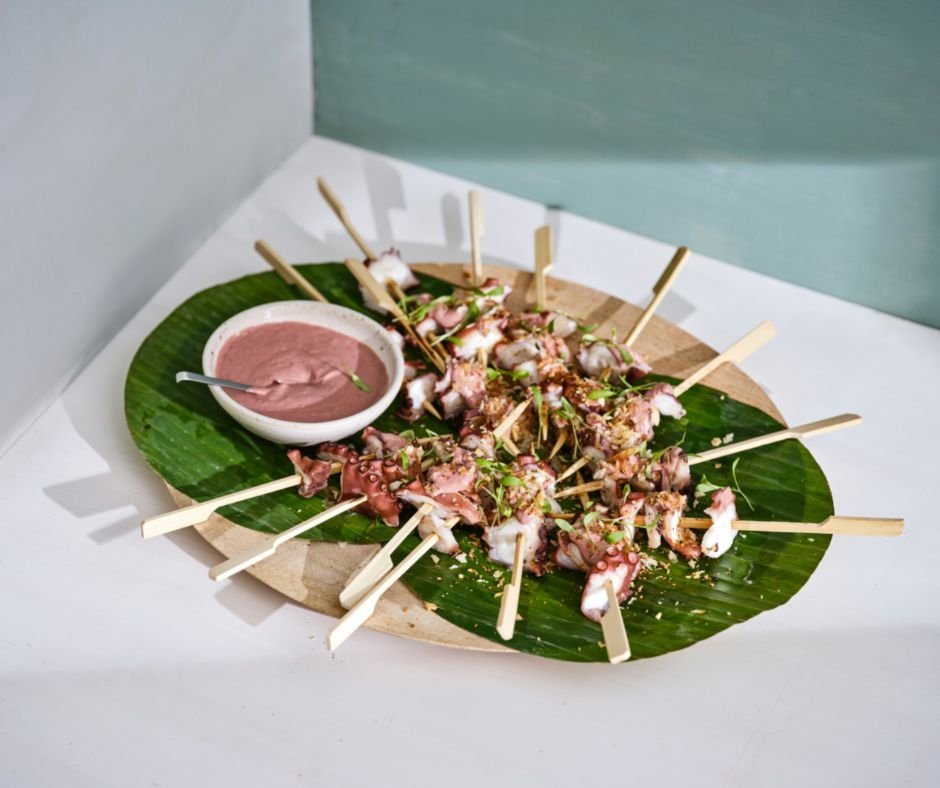Peru is known for its Inca heritage, but for a decade its capital is a global culinary hotspot with many culinary visitors a year. And for a couple of years, the Nikkei boom is taking over metropoles all over the world and is super trendy.
This article has been written by Katinka Lansink Dodero, creator of cevicheceviche, a platform that brings Peruvian cuisine to the tables of the Dutch and Belgian audiences
What is Nikkei Cuisine?
This fusion of Peruvian and Japanese cuisine – two completely different culinary cultures – is a combination of refined Japanese elegance and distinct Peruvian colorful exuberance. Peruvian gastronomy consists of various fusion cuisines. As Europeans, Africans, Japanese and Chinese landed on Peruvian shores, each new wave was forced to rethink their traditional recipes and started using local Peruvian products. The same goes for Japanese immigrants when they arrived in Peru. It started as a combination of Japanese (cutting) techniques and Peruvian ingredients, nowadays Japanese ingredients have been added. It is a cuisine that is always evolving and moving. And that’s exactly what makes it such a fascinating cuisine.
© Sven Benjamins
My discovery of the Nikkei Cuisine
On a sunny morning, about fifteen years ago, I was taking a stroll alongside the coast from our house in Barranco to Miraflores. Both neighborhoods are located on the cliffs of Lima in the Pacific Ocean. Along a part of the coastal strip, parks have been laid out with romantic names, such as Parque del Amor, where you see love couples, joggers, and yoga aficionados on the paths, the mosaic benches, and the freshly cut grass. Halfway through, I took a fresh papaya juice on a terrace, and as I continued my way in Miraflores I came across a sushi restaurant. I was very surprised because I had never seen anything Japanese in Peru and also happy because I love sushi and wanted to try something different than Creole food. The restaurant was closed but I decided to come back for lunch. A few hours later I was having lunch at a high table outside. It was one of those rare revelations. The food was Japanese, but then again it wasn’t. Japanese refined and at the same time colorful Peruvian with both Peruvian and Japanese ingredients and Peruvian sauces. I had never tasted anything so special! As always when something stands out, suddenly more and more such restaurants crossed my path and soon I started looking them up for them myself.
© Sven Benjamins
The first Japanese Immigrants
In 1899 the Sakura Maru the first ship with 790 Japanese immigrants arrived in Peru to work under contract on mainly cotton plantations. When they arrived, they started cooking their meals with Peruvian and Chinese products and to add Japanese recognizable flavour they made their own soy sauce and miso. The large influx of Japanese immigrants, who had left for Peru at the end of the nineteenth century, had brought its cutting techniques, traditions and dishes. It wasn’t until 1958 that the first Nikkei restaurant opened, la Buena Muerte. The restaurant still exists, now run by Rafael Kunigami, the son of the founder and pioneer Minoru Kunigami. In Peru Nikkei wasn’t very big, but in the Japanese circles, it kept evolving.
Lima’s first claim of global attention began with Nobuyuki Nobu Matsuhisa. In 1973, he moved from Japan to Peru to work as a chef in the restaurant Matsuei of two second-generation Japanese brothers. The restaurant was very popular among celebrities. He wanted to maintain the purity of traditional Japanese food but found the local produce and traditions irresistible, so he served dishes of sushi, flavoured with chili and duck foie gras from the Peruvian Andes. Nobu stayed for three years in Peru and these years marked his career. Nowadays he owns a chain of Nobu restaurants around the world together with actor Robert de Niro. On the menu, you will still find several signature Nikkei dishes that he designed.
A number of chefs, mostly from Nikkei families, have laid the foundations of Nikkei cuisine: Minoru Kunigami of the first Nikkei restaurant La Buena Muerte, Rosita Yimura – the creator of the famous dish Pulpo al Olivo, Augusto Kague of Ah Gusto, Darío Matsufuji of La Cocina de Darío, Toshiro Konishi and Humberto Sato of Costanera 700. They have transformed Creole cuisine into Nikkei cuisine with their innovative dishes, the use of Japanese techniques and Japanese products. They have handed over the baton to the next generation and the Nikkei kitchen immediately shows that.
© Sven Benjamins
More than sixty years after the full integration of eating raw fish, the Nikkei kitchen now is an ultra-trendy cuisine in metropoles worldwide and fortunately now also on the rise in the Netherlands and Belgium. Signature dishes have been developed, such as one of my favourite dishes Pulpo al Olivo, octopus with an umami olive sauce or Sushi Acevichado, sushi with a classic Peruvian sauce. Not to mention Tiradito, the sister of ceviche, where the fish is sashimi sliced and eaten raw and with a lime dressing, pepper, and, for example, soy or ginger.
For a couple of years, more and more Nikkei restaurants are opening in metropoles around the world. It is one of the trendiest cuisines because of its fine and surprising flavours and elegant and colourful presentations. This year several Nikkei restaurants opened in the Netherlands and Belgium. And in March 2023 the first Nikkei cookbook in the Netherlands will be launched with history, interviews, and recipes by the undersigned author.
Itadakimasu!
Nikkei Restaurants in the Benelux:
Belgium
Lima Nikkei, Antwerp
The Netherlands
Blue Blood, the Hague
Maita Cocina Nikkei, Haarlem
Marû, Zandvoort
Nazka, Amsterdam
Pachamama on Wheels, Amstelveen
Curious about Peruvian Cuisine? Have a look at Katinka’s tips here.



